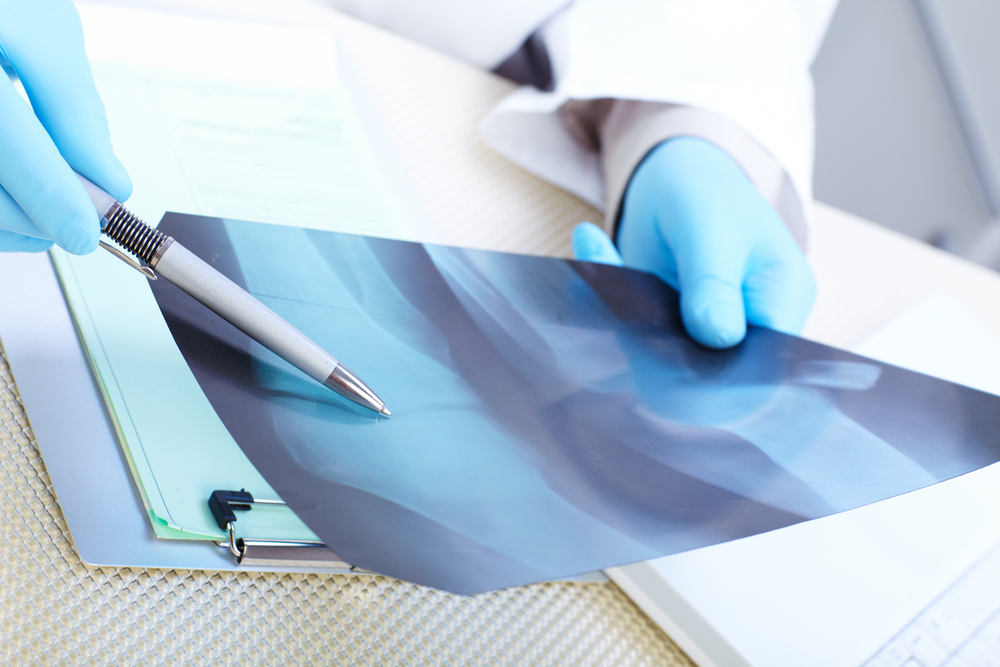Injury management follows certain protocols with some of the basic tenets being:
- Accurate diagnosis of the injured structures and the function that structure is performing in your foot or ankle
- Identify the causes of the injury
- How to relieve stress from the structure involved
- Grade the injury
- Management plan: joint mobilisation, joint stabilisation (with taping or bracing), muscle strengthening, footwear issues and orthoses for foot biomechanics

The following example might be applied to a soft tissue ankle sprain injury:
Sprains are graded on a scale of 1 to 3 (mild, moderate, and severe), depending on the degree of tearing to the ligaments. In most cases, an ultrasound will determine the level of injury to the muscle, tendon or ligament – and x-rays are performed to rule out a fracture or dislocation of the bone.
| Grade | Description |
| 1 (mild) |
|
| 2 (moderate) |
|
| 3 (severe) |
|
Immediate management
The immediate treatment of any soft tissue injury consists of the RICER protocol – Rest, Ice, Compression, Elevation and Referral. RICE protocol should be followed for 48–72 hours. The aim is to reduce the bleeding and damage within the joint. The ankle should be rested in an elevated position with an ice pack applied for 20 minutes every two hours (never apply ice directly to the skin). A light compression bandage should be applied to limit bleeding and swelling in the joint.
The No HARM protocol should also be applied – no Heat, no Alcohol, no Running or activity, and no Massage. This will ensure decreased bleeding and swelling in the injured area.
Rehabilitation and return to play
Most ankle sprains heal within two to six weeks; however, severe sprains many take as long as 12 weeks.
A comprehensive rehabilitation program minimises the chance of the injury recurring and includes flexibility, balance, stretching, strengthening and sport specific exercises. If you experience pain or discomfort i during your rehab, reduce this activity and move on to another exercise.
Players with Grade 2 or 3 are advised to use bracing or protective taping when playing sport until full strength and stability is recovered.
Bone or joint Injuries require a different management protocol. However, the general principles of diagnoses, rehab and return to activity will still apply.
